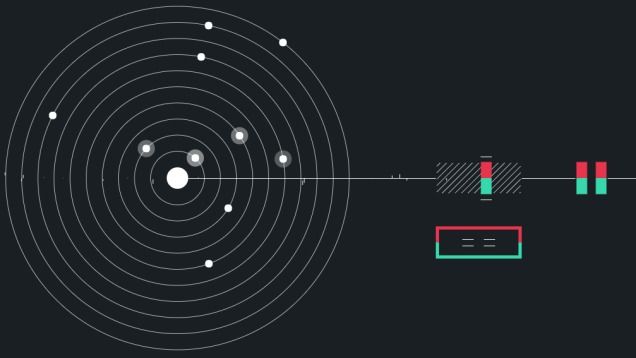Sep 13, 2015
Ancient virus discovered in melting Arctic ice
Posted by Aleksandar Vukovic in categories: biotech/medical, sustainability
This particular giant virus won’t kill you, but climate change means that something deadly could one day emerge.
This particular giant virus won’t kill you, but climate change means that something deadly could one day emerge.
Cancer claimed Kim Suozzi at age 23, but she chose to have her brain preserved with the dream that neuroscience might one day revive her mind.
By AMY HARMON SEPT. 12, 2015.
There is a mathematical pattern that connects all cities across the world, transcending political and geographical boundaries, according to British scientist Geoffrey West.
DETROIT — Federal regulators said on Friday that 10 automakers had agreed to install automatic braking systems, which use sensors to detect potential collisions, as standard equipment in new vehicles.
But the automakers have not set a timetable for the introduction of the systems, and regulators may still seek government rules that would require the equipment as a standard feature in all cars and trucks — just as airbags were mandated a generation ago.
Anthony Foxx, the transportation secretary, said in a prepared statement that emergency braking technology could reduce traffic deaths and injuries.

This is a seriously cool visualization of the solar system. What if you turned the planets into a sort of music box? That’s the point of Solarbeat, which turns the movement of the planets into music.
Solarbeat actually launched five years ago in 2010, but the designer Luke Twyman decided to revamp the website recently in light of the New Horizons and Dawn missions.
Continue reading “Listen To The Solar System Sing With This Fantastic Simulation” »

https://youtube.com/watch?v=bwz9SPMDO2k
The US government said today (Sept. 11) that it’s successfully made a Luke Skywalker-like prosthetic arm that allows the wearer to actually feel things.
At a conference in July, the US Defense Advanced Research Projects Agency (DARPA) presented the achievements it’d had to date in building a robot arm that can be controlled by a human brain. A little over two months later, the agency has announced at another conference that it’s managed to update the technology to give the wearer the feeling of actually being able to sense things with the arm.
The making of a working Star Wars BB-8 droid.
You can now buy Star Wars’ adorable BB-8 droid and let it patrol your home.

Drawn to the Future, a major exhibition on visualization technology featuring leading pioneers in architecture and engineering tech, highlights how our experience of our cities and buildings will rapidly change.
Images of the city have always wielded psychological, emotional and political power. Anyone brought up on a diet of Hollywood movies and US TV shows will have had that uncanny experience as a first-time visitor to a US city — a sense of déjà vu, the feeling of being on a movie set, in a story. I took the Blade Runner cityscape so seriously as a student in New York in 1983, that after a late-night showing of the film, I went into a phone box and rang the number dialed by Harrison Ford on the ‘video screen’ (555−7563 in case you’re interested). The decay of Ridley Scott’s dystopian future spilled over into the rodent-rich, un-gentrified, occasionally threatening Lower East Side of the time.
Continue reading “Better Than 'Blade Runner': Re-Imagining Our Cities” »
